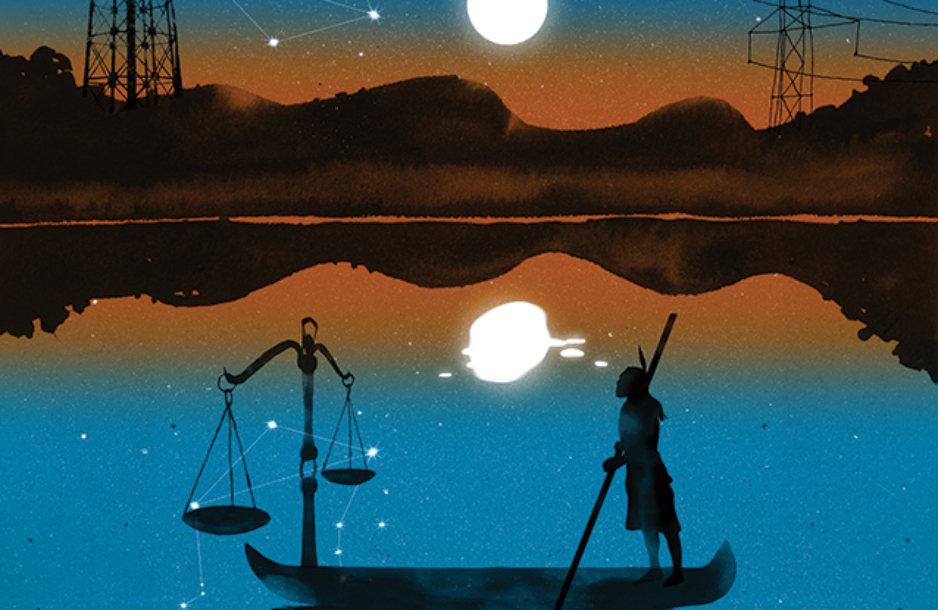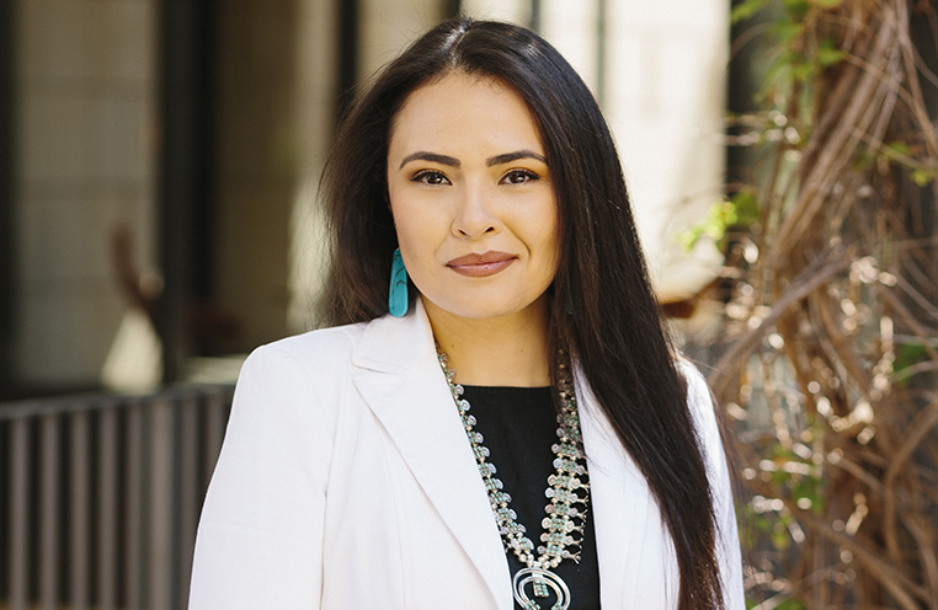American Indian & Indigenous Law
The United States has 574 federally recognized American Indian tribes – each a unique sovereign nation, governed by their own sets of laws and systems of justice. While America’s state and federal courts have, at times, been the tools of colonial dispossession, tribes have also repeatedly used the American legal system to affirm tribal sovereignty, vindicate the rights of Native peoples, and protect their lands. And increasingly, attorneys encounter or represent tribal entities—no matter their area of practice—and must be prepared to navigate complex legal issues.
Stanford Law School offers a unique blend of academic opportunities and hands-on training to equip students with the knowledge and skills to be effective tribal partners and top-notch advocates for Indian Country. The law school faculty includes two renowned scholars in Indian Law: Gregory Ablavsky and Elizabeth Hidalgo Reese. Professors Ablavsky and Hidalgo Reese teach a variety of courses in Indian law and work closely with students on research at the cutting edge of the field and with meaningful impact on the most urgent questions confronting tribal governments and Indian law practitioners. Clinical programs, policy labs, and pro bono opportunities connect students directly to tribal clients, where they can practice effective collaboration.
Indigenous members of the law school student, faculty, and staff are also a part of Stanford University’s vibrant and diverse Native community. The Native American Studies Program within the Center for Comparative Studies in Race and Ethnicity at Stanford offers additional courses available to law students. Finally, Stanford University’s Native American Cultural Center is a large and historic hub for Native peoples—supporting approximately 400 undergraduate and 100 graduate students who identify as Indigenous and represent 50 nations and islands. The NACC provides a wide variety of programming to support students, and houses peacemaking programming, Indigenous language courses, and as well as countless student-run organizations.
American Indian and Indigenous Law at Stanford Law School
Clinics, Programs and Centers
Faculty, Alumni and Student Stories
Stanford Law students work with and learn from Yurok tribal leaders
In the News
An Oregon tribe’s casino bid sparks furor over what land tribes can rightfully call home
Los Angeles Times
Gregory Ablavsky, a Stanford law professor and expert in federal Indian law, said the agonizing dissension over the Coquille’s expansion plans underscores tribes’ continuing struggle — centuries after white settler colonialism — to rebuild their nations and economic viability. “Indian gaming is very much a story of winners and losers,”…
Read More








